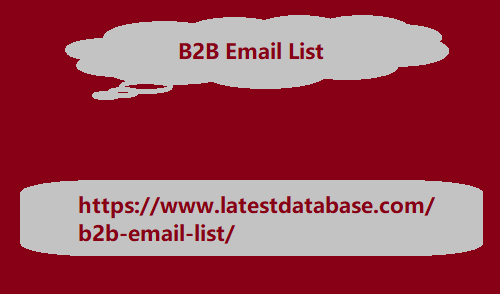Post by account_disabled on Jan 22, 2024 23:54:25 GMT -6
It's no secret that developing website usability helps keep visitors on the site. We have determined which actions will have a positive impact on behavioral factors and increase website promotion results. In our case, the site came with an outdated design. We agreed with the client: design change; finalizing the site, i.e. adding to it the maximum amount of useful information for visitors. This is what the beginning of the site’s main page looked like when he first came to us: Home page And this is what the main page looked like after the redesign: Home page after redesign Appearance of the services page before starting work on it: Services Appearance after redesign: Services after redesign During the development of the new design, we tried to make the main page as informative as possible, so we placed blocks on it that would be useful for a potential client. We also added the company's achievements, presented in graphical form. Achievements Added all possible forms of capture: Feedback; Application for miscalculation; Request for prices. All this provided the client with more choice and opportunities to quickly obtain the necessary information. Information 1 Information 2 Information 3 Of course, the services provided did not go unnoticed, Services as well as manufactured products.
Products The main stages of work and their brief descriptions were posted on the main page of the site. Stages of work They indicated what main types of buildings the company can offer for production. Building types To increase the leve B2B Email List l of trust of potential clients, we placed blocks with reviews Reviews and photos of completed work. Completed work Structure and SYNOPSIS In parallel with the new design, the site structure was assembled and expanded. For example: Site structure Next, we formed a semantic core (SN), queries for which were collected from different sources (GoogleAdwords, search tips, overall site visibility according to data from Metrica, as well as competitor phrases). We carried out work on sorting and grouping the semantic core of the site. Keywords are distributed into their semantic groups, and a corresponding relevant landing page is assigned for each group of queries. For example: Keywords At the moment, we continue to fill sections of the site with unique content, as well as compose and write meta tags (title, description, keywords) and h1.

External optimization We analyzed the external link mass (the number of linking pages was decreasing) and developed a strategy for increasing it using crowd links. As a result, the number of external linking pages began to increase. Page growth Technical optimization We also carried out technical optimization work. For example: in the news block, which stretches across all pages, we added the rel="nofollow" attribute to duplicate links with photos of the news, the "read more" and "all news" buttons; closed the news block, which stretches across all pages, with the tag ; duplicate links in the footer were given the rel="nofollow" attribute; duplicate links in the header were given the rel="nofollow" attribute; on the pagination pages (in news, reviews and our objects) a postscript was added in the title with the pagination page; on pagination pages (in news, reviews and our objects) we introduced the attributes next and prev - / ; on the pagination pages (in news, reviews and our objects), starting from the second, in the source code they added.
Products The main stages of work and their brief descriptions were posted on the main page of the site. Stages of work They indicated what main types of buildings the company can offer for production. Building types To increase the leve B2B Email List l of trust of potential clients, we placed blocks with reviews Reviews and photos of completed work. Completed work Structure and SYNOPSIS In parallel with the new design, the site structure was assembled and expanded. For example: Site structure Next, we formed a semantic core (SN), queries for which were collected from different sources (GoogleAdwords, search tips, overall site visibility according to data from Metrica, as well as competitor phrases). We carried out work on sorting and grouping the semantic core of the site. Keywords are distributed into their semantic groups, and a corresponding relevant landing page is assigned for each group of queries. For example: Keywords At the moment, we continue to fill sections of the site with unique content, as well as compose and write meta tags (title, description, keywords) and h1.

External optimization We analyzed the external link mass (the number of linking pages was decreasing) and developed a strategy for increasing it using crowd links. As a result, the number of external linking pages began to increase. Page growth Technical optimization We also carried out technical optimization work. For example: in the news block, which stretches across all pages, we added the rel="nofollow" attribute to duplicate links with photos of the news, the "read more" and "all news" buttons; closed the news block, which stretches across all pages, with the tag ; duplicate links in the footer were given the rel="nofollow" attribute; duplicate links in the header were given the rel="nofollow" attribute; on the pagination pages (in news, reviews and our objects) a postscript was added in the title with the pagination page; on pagination pages (in news, reviews and our objects) we introduced the attributes next and prev - / ; on the pagination pages (in news, reviews and our objects), starting from the second, in the source code they added.
